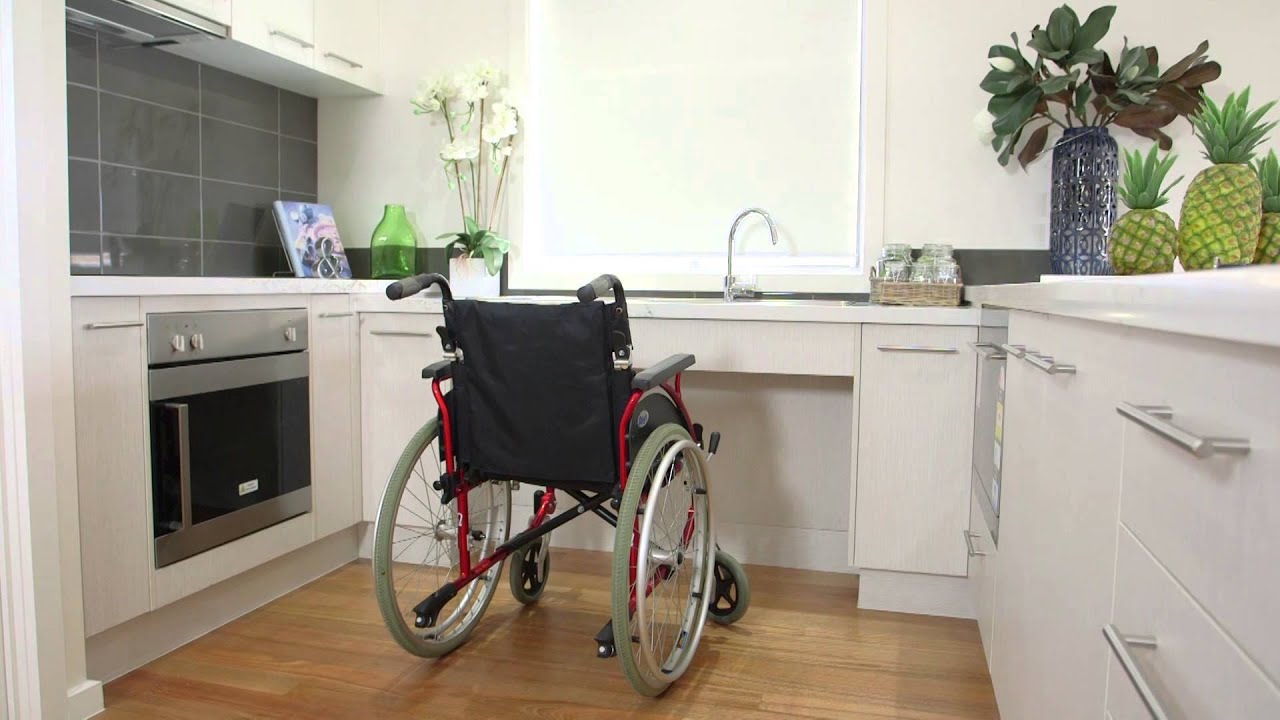Creating a home that is welcoming and accessible for everyone is an important goal for any homeowner. One of the key areas to focus on is the wheelchair-accessible mudroom. This space serves as the entry point into a home and should be designed with accessibility in mind to ensure ease of use for individuals with mobility challenges. By prioritizing wheelchair-accessible mudrooms, you create a welcoming environment that caters to all.

The Importance of Wheelchair-Accessible Mudrooms
Ensuring that wheelchair-accessible mudrooms are part of your home design is crucial for creating an inclusive and functional space. These mudrooms are not just about convenience; they are a necessity for individuals with disabilities. By making these areas accessible, you are promoting independence and providing equal opportunities for everyone to enjoy their homes.
Design Considerations for Wheelchair-Accessible Mudrooms
1. Space and Layout
The first step in creating a wheelchair-accessible mudroom is to ensure ample space. The layout should allow for easy maneuverability, with enough room for a wheelchair to turn around comfortably. Consider the placement of furniture and storage to avoid obstructions.
2. Flooring
Choose flooring materials that are slip-resistant and easy to clean. Flooring should be smooth to allow for seamless movement of wheelchairs. Avoid thick carpets or rugs that can impede movement.
3. Entryway
The entryway to the mudroom should have a gentle slope or ramp, with a wide doorway to accommodate a wheelchair. Automatic doors or easy-to-grip handles can further enhance accessibility.
Essential Features of Wheelchair-Accessible Mudrooms
1. Adjustable Storage
Incorporate adjustable shelves and hooks at varying heights to ensure accessibility for everyone. This allows individuals in wheelchairs to reach items with ease.
2. Seating
Provide stable and comfortable seating within the mudroom for individuals to sit while putting on or removing shoes. This seating should be at a height suitable for easy transfer from a wheelchair.
3. Lighting
Adequate lighting is essential for visibility and safety. Ensure that the mudroom is well-lit, and consider installing motion sensors for automatic lighting.
Benefits of Wheelchair-Accessible Mudrooms
Creating a wheelchair-accessible mudroom not only benefits individuals with disabilities but also enhances the overall functionality of the home. It promotes a sense of independence and inclusion. Moreover, an accessible mudroom can increase the value of the property, as it appeals to a broader range of potential buyers.
Incorporating ADA Guidelines
When designing a wheelchair-accessible mudroom, adhering to ADA guidelines is essential. These guidelines provide a framework for creating spaces that are accessible and usable by individuals with disabilities. By following these standards, you ensure compliance and provide an environment that meets the needs of all occupants.
Creative Design Ideas for Wheelchair-Accessible Mudrooms
1. Open Concept
An open concept design can enhance accessibility by providing ample space for movement. This approach also allows for flexible arrangements and easy access to storage areas.
2. Smart Technology
Integrate smart technology into the mudroom to enhance convenience. Automatic lighting, smart locks, and voice-activated assistants can simplify daily tasks and improve the overall user experience.
Maintaining Accessibility in Mudrooms
Regular maintenance is crucial to ensure that the mudroom remains accessible. Check for any wear and tear that may affect accessibility, such as damaged flooring or loose handles. Keeping the space clean and clutter-free also contributes to a safe and accessible environment.
Community Support and Resources
There are numerous resources available for homeowners looking to create wheelchair-accessible mudrooms. Organizations such as Rebuilding Together offer valuable information and support for making homes more accessible. Explore their insights on ADA-compliant curtain rods and wheelchair-accessible mailboxes for further guidance.
Conclusion: Embracing Accessibility
Designing a wheelchair-accessible mudroom is a step towards creating an inclusive and welcoming home environment. By considering the needs of individuals with mobility challenges, you contribute to a society that values accessibility and inclusion. Prioritizing these designs not only enhances the quality of life for those with disabilities but also enriches the lives of everyone in the home.

FAQs
1. What are the key features of a wheelchair-accessible mudroom?
A wheelchair-accessible mudroom should have ample space, slip-resistant flooring, wide entryways, adjustable storage, and adequate lighting. Incorporating these features ensures ease of use for individuals with mobility challenges.
2. How can smart technology improve accessibility in mudrooms?
Smart technology can enhance accessibility by automating various functions, such as lighting and security. Voice-activated assistants and smart locks provide convenience and improve the overall user experience.
3. Why is it important to follow ADA guidelines in home design?
Following ADA guidelines ensures that the home is accessible and usable by individuals with disabilities. It promotes inclusivity and compliance with legal standards, benefiting both the homeowner and the broader community.
This article contains affiliate links. We may earn a commission at no extra cost to you.

